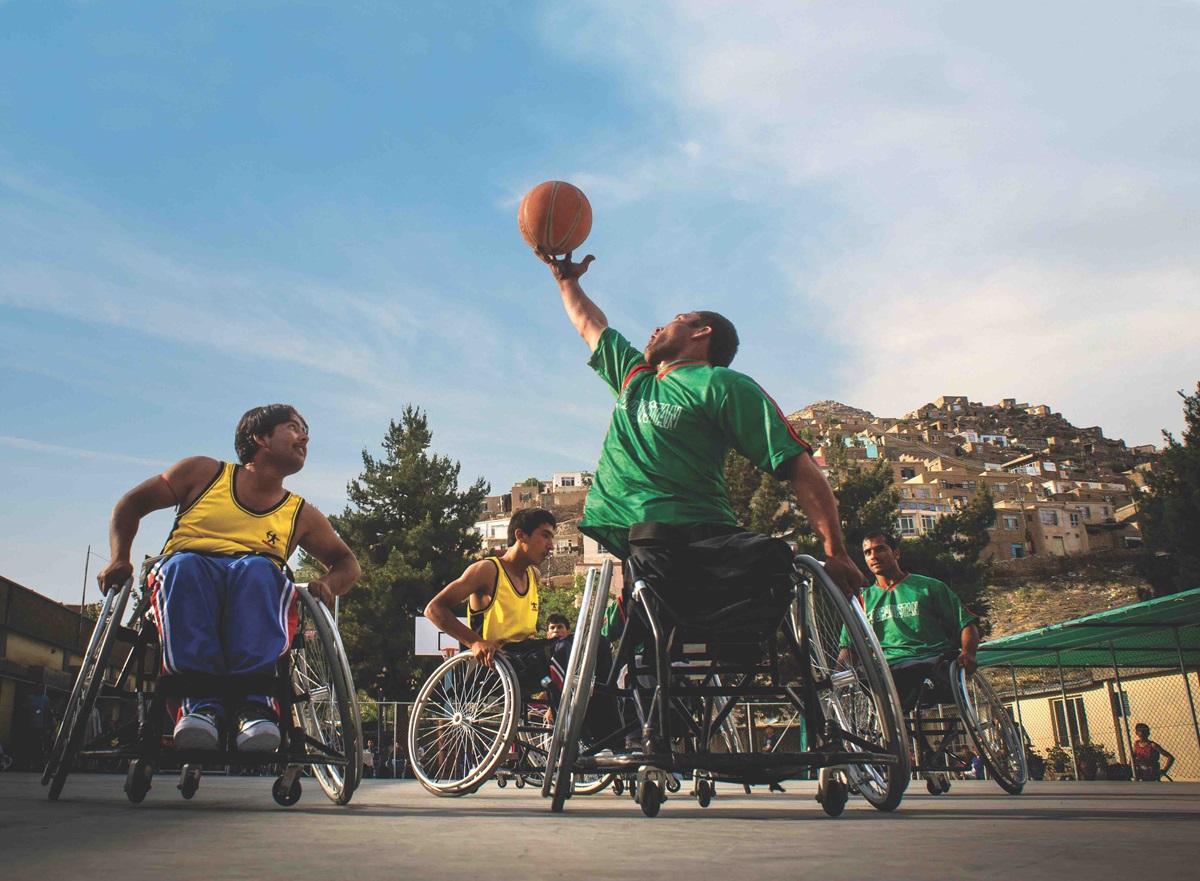A new report released today by WHO and UNICEF finds that more than 2.5 billion people need one or more assistive products, such as a wheelchair, hearing aid or an app to support communication or cognition. Yet almost one billion of them lack access, with access to these life-changing products falling to around 3% of what is needed, particularly in low- and middle-income countries.
The World Report on Assistive Technology presents for the first time evidence on the global need for and access to assistive products and makes a set of recommendations to expand availability and access to assistive products, raise awareness of the need, and implement inclusion policies to improve the lives of millions of people.
“Assistive technology is life-changing – opening the doors to education for children with disabilities, employment and social interaction for adults with disabilities, and dignified and independent lives for older people,” said WHO Director-General Dr Tedros Adhanom Ghebreyesus. “Denying people access to these life-changing tools is not only a violation of human rights, but also economically shortsighted. We call on all countries to fund and prioritize access to assistive technology and give everyone the opportunity to realize their potential.”
“Nearly 240 million children live with a disability. Denying them their right to the products they need to thrive not only hurts each individual child, but deprives their families and communities of all that could be provided if their needs were met,” said UNICEF Executive Director Catherine Russell. “Without access to assistive technology, children with disabilities miss out on an education, are at greater risk of child labor, remain exposed to stigma and discrimination, and their self-confidence and well-being are undermined.”
The report notes that due to ageing populations and the spread of non-communicable diseases around the world, the number of people needing one or more complementary products could rise to 3.5 billion by 2050. The report also highlights wide disparities in access between low- and high-income countries: an analysis of 35 countries found that access ranges from 3% in poorer countries to 90% in wealthier ones.
The report noted that affordability was a major barrier to access: Nearly two-thirds of people who use assistive devices reported having to pay out of pocket to purchase them, and some relied on family and friends for financial support.
A survey of 70 countries featured in the report found significant gaps in assistive technology service provision and trained workforce, particularly in the areas of cognition, communication and self-care. Previous studies published by WHO cited lack of awareness and high prices, lack of services, inadequate product quality, range, quantity, and procurement and supply chain challenges as the main barriers.
Supportive products are commonly seen as a means to participate on an equal footing with others in the community and society at large. Without them, people are at risk of marginalization and isolation, may fall into poverty and face hunger, and will be forced to become more dependent on family, community and government support.
The positive impacts of assistive products go beyond improving the health, well-being, participation and inclusion of individual users, to benefit families and society. For example, greater access to quality-assured, safe and affordable assistive products reduces health and welfare costs such as repeat hospitalisations and public benefits, promotes a more productive workforce and indirectly stimulates economic growth.
For children with disabilities, access to assistive technology is often the first step in their development, accessing education, participating in sports and social life, and preparing them to enter the workforce on an equal footing with their peers.Children with disabilities face additional challenges as their assistive devices require frequent adjustments or replacements as they grow.
The report makes the following recommendations for specific actions to improve access:
Improve access to education, health and social service systems; Ensure availability, safety, effectiveness and affordability of assistive products; Expand, diversify and improve workforce capacity; Actively engage assistive technology users and their families; Raise public awareness and combat stigma; Invest in data and evidence-based policies; Invest in research, innovation and assistance ecosystems; Develop and invest in the assistive environment; Include assistive technology in humanitarian responses. 10. Provide technical and financial assistance through international cooperation to support country efforts.
###
Notes to editors:
Assistive technology is a collective term for assistive products and related systems and services. Assistive products can improve performance in all major areas of function, including mobility, hearing, self-care, vision, cognition, and communication. Assistive products can be physical products, such as wheelchairs, prosthetic limbs, or glasses; digital software or apps; or adaptations to the physical environment, such as portable ramps or handrails.
People who need assistive technology include people with disabilities, older people, people with communicable and non-communicable diseases including neglected tropical diseases, people with mental illnesses, people experiencing gradual decline and loss of capabilities, and many affected by humanitarian crises.

